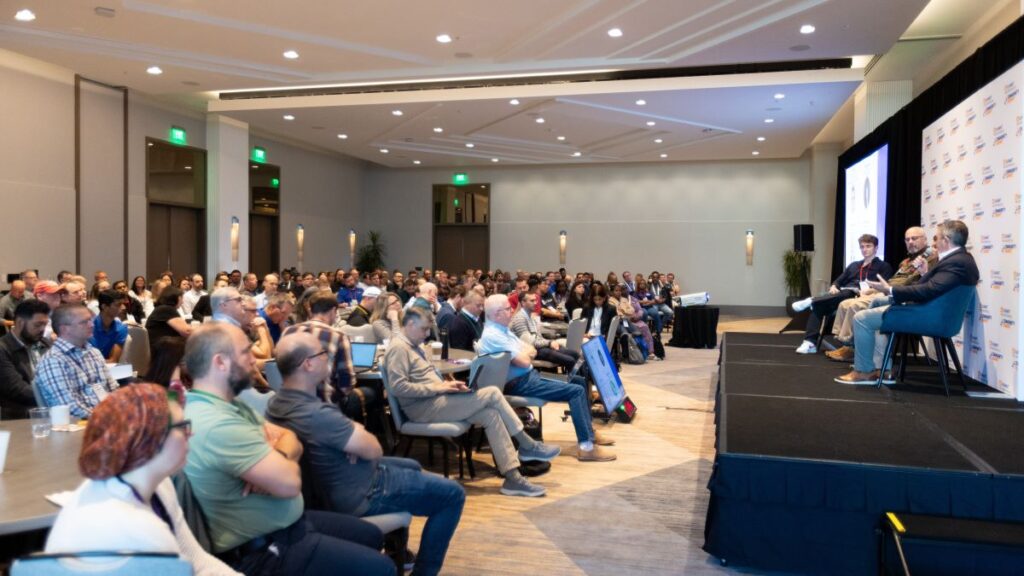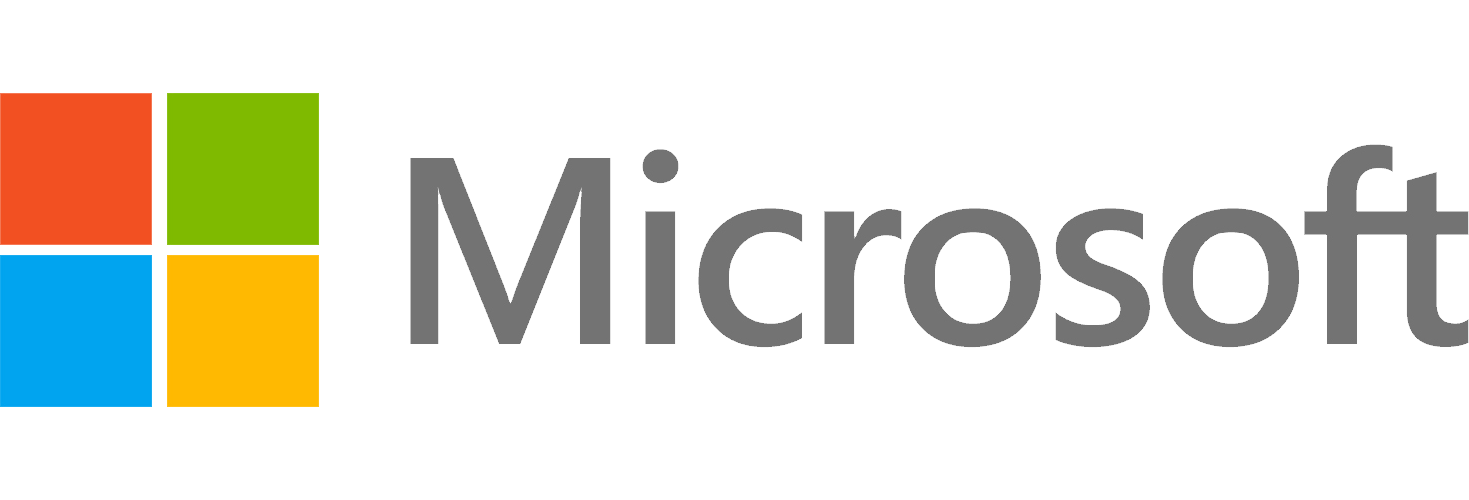On Monday, October 16th, as part of Community Summit North America 2023, the AI Summit pre-conference event provided insights from practitioner analysts, user group experts, Microsoft executives, and end users of artificial intelligence (AI). Attendees were able to gain a greater understanding of why generative AI, particularly Microsoft Copilot, holds so much potential to increase productivity in their businesses and how organizations can harness the power of this technology for greater performance.
Microsoft’s Role in the Generative AI Revolution
With AI being at the forefront of many industries, business leaders find themselves wondering how they can leverage this rapidly advancing technology in their organizations. “To some degree, this is not new; the level of focus and opportunity are new,” said Alfredo Ramirez, GM, business applications at Microsoft, before diving into recommendations on how to apply AI capabilities. He also offered insights into how Microsoft is leveraging this technology.
Ramirez broke down two types of functions or use cases where Copilot is being applied:
- Mundane: Generative AI has become part of daily life and daily processes. Copilot assists in tasks including finding information and quickly crafting materials such as emails.
- Transformative: Copilot adoption for customer service is one example. Ramirez reported that Microsoft has achieved a 12% increase in customer satisfaction after leveraging Copilot as a core part of its customer service strategy, implementing it as a key tool that agencies and customers interact with daily.
Leveraging Copilot in a transformational way leads to innovative projects.
AI vs. ML vs. Generative AI
Acceleration Economy chief content officer Aaron Back hosted a fireside chat featuring Microsoft group project managers Ashvini Sharma and Tom Marsh; their focus: understanding AI, specifically the difference between AI, machine learning, and generative AI.
A major question addressed in the fireside chat: What makes generative AI unique within the context of Microsoft business applications? Marsh emphasized size and scale: “With one foundation model, you can do an almost infinite number of different applications — and that opens up more possibility.”
From the perspective of defining an AI roadmap for a company, Sharma offered key questions to address:
- How do you encourage incentives within the organization to promote the right behavior?
- What are the guardrails that you put into place to ensure AI is implemented properly and safely?
- What are the new roles and responsibilities that need to be defined?
Panel Discussion
Following the fireside chat, Crystal Ahrens, Solutions Architect at HeicoCompanies, Wayne Sadin, CIO of PriceSmart, and Acceleration Economy practitioner analysts Toni Witt and Kenny Mullican participated in a panel discussion about how AI is being used today.
Sadin noted, “Augmented intelligence is about making our people smarter, faster, stronger, more productive, and safer.” He elaborated, “It’s not so much about building with AI” but about using better technology and more data to improve forecasting so the company can be “faster and better than our competitors.” Mullican explained how natural language can enable people to “get what they need…that’s going to make them able to spend more of their time focused on improving the quality of the business and making their customers happy.”
Responsible AI
Responsible AI was a key theme of the day, as Kylie Kiser, RSM Solution Architect, gave an in-depth view in her session “The Tenets of Responsible AI.” The segment highlighted six tenets:
- Fairness
- Reliability and Safety
- Privacy and Security
- Inclusiveness
- Transparency
- Accountability
With AI advancing so rapidly, organizations that integrate the technology must adhere to these tenets to ensure it is being responsibly applied. New advancements also mean new regulations and governance principles. Additionally, transparency and accountability are essential to explain how an AI model reaches its conclusion, enabling users to clearly communicate the impact of the results across the organization.

The Future of AI
Cloud Wars founder Bob Evans drew on years of experience and insight to give attendees an overview of the future of AI. Artificial intelligence has changed the culture of organizations in terms of what we do, how we communicate, and how we are compensated, for instance.
When considering AI, he recommended reflecting on where you are on the AI spectrum, which includes these three possibilities:
- Are you aware? “I know it exists but I don’t know much.”
- Are you interested? “I’m in the middle of the road — playing around and doing some tests but I haven’t done anything impactful within my company.”
- Are you committed? Do you have the executive-level commitment: the right people, the right funding, and the right support to make the most of this technology?
Innovation shifts what we do. Artificial intelligence is going to promote a “wildly fast” transformation, shifting how we work and interact, Evans said.
Key Takeaways
To conclude the AI Summit Preconference, Aaron Back listed his key takeaways from the day.
- The Relevance of AI: Artificial intelligence is more than just an over-hyped buzzword. Generative AI and Microsoft Copilot will only grow in relevance as AI is further integrated into business processes.
- Shared Understanding: There must be a widespread understanding of AI technologies. AI and Microsoft Copilot are especially emphasized for Microsoft users who intend to apply it within the context of their business.
- Regulations and Compliance: Much like how users need to understand the technology itself, it’s critical to understand the current legislation around generative AI to ensure responsible use.
- Transparency: Understanding the “evolution” of AI is necessary, in the same regard as maintaining accountability for the results that AI provides.
After participating in and attending the event, Acceleration Economy AI Index channel host Toni Witt said, “AI Day was a special day. Everyone there was ready to learn and ready to take action on AI transformation. Speakers, panels, and intimate roundtables covered everything from data management to model training to finding automation opportunities to top AI tools that exist today. Most importantly as one of the attendees said, it felt like you weren’t alone. C-suite executives and managers from across industries gathered under a common challenge, learning and inspiring each other to take on AI together in this new age.”









